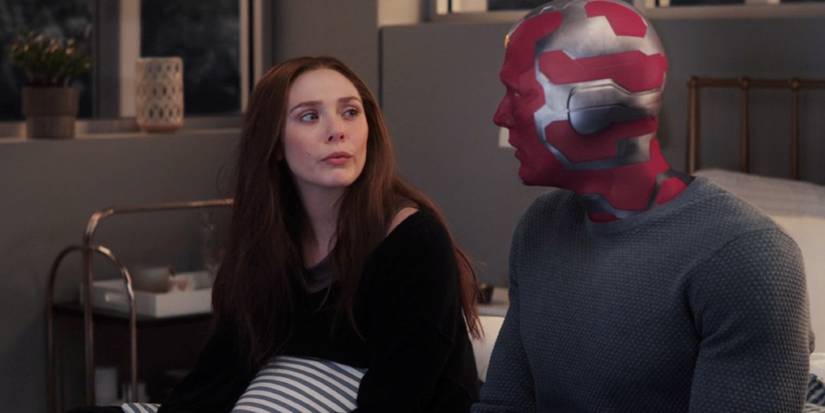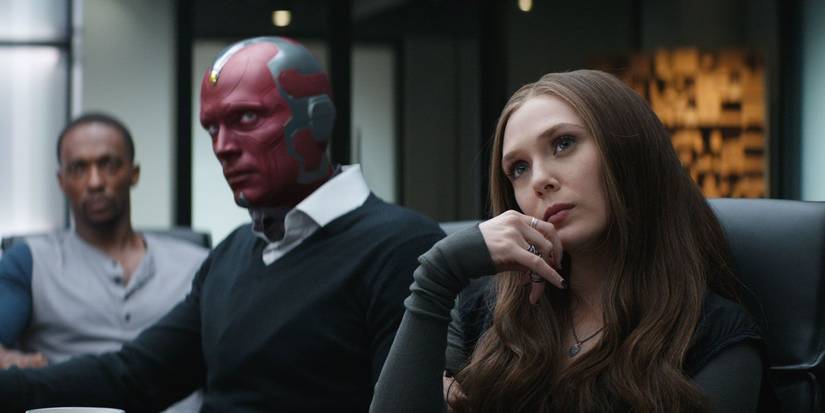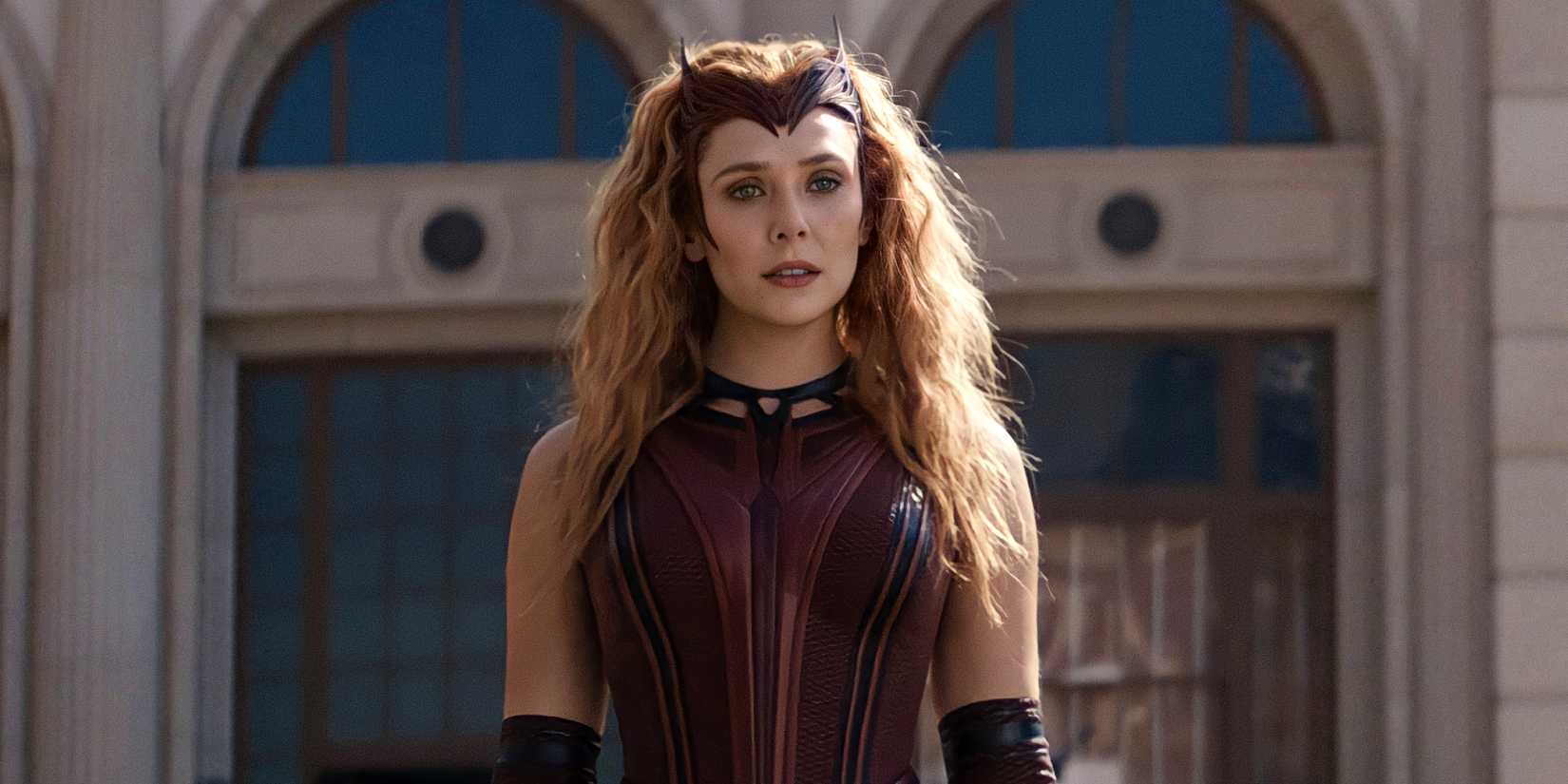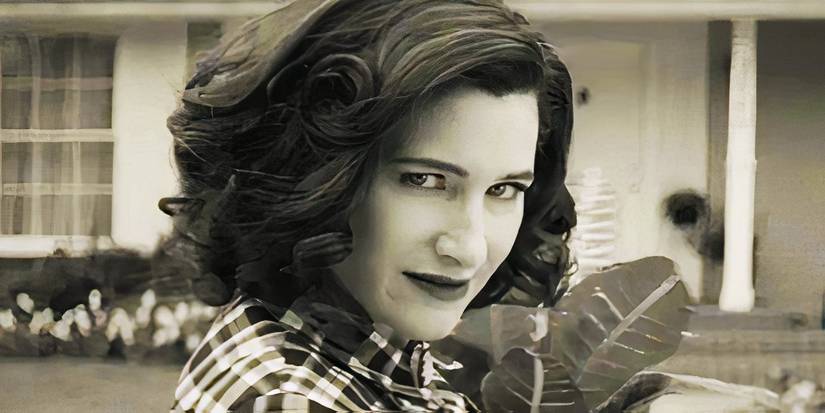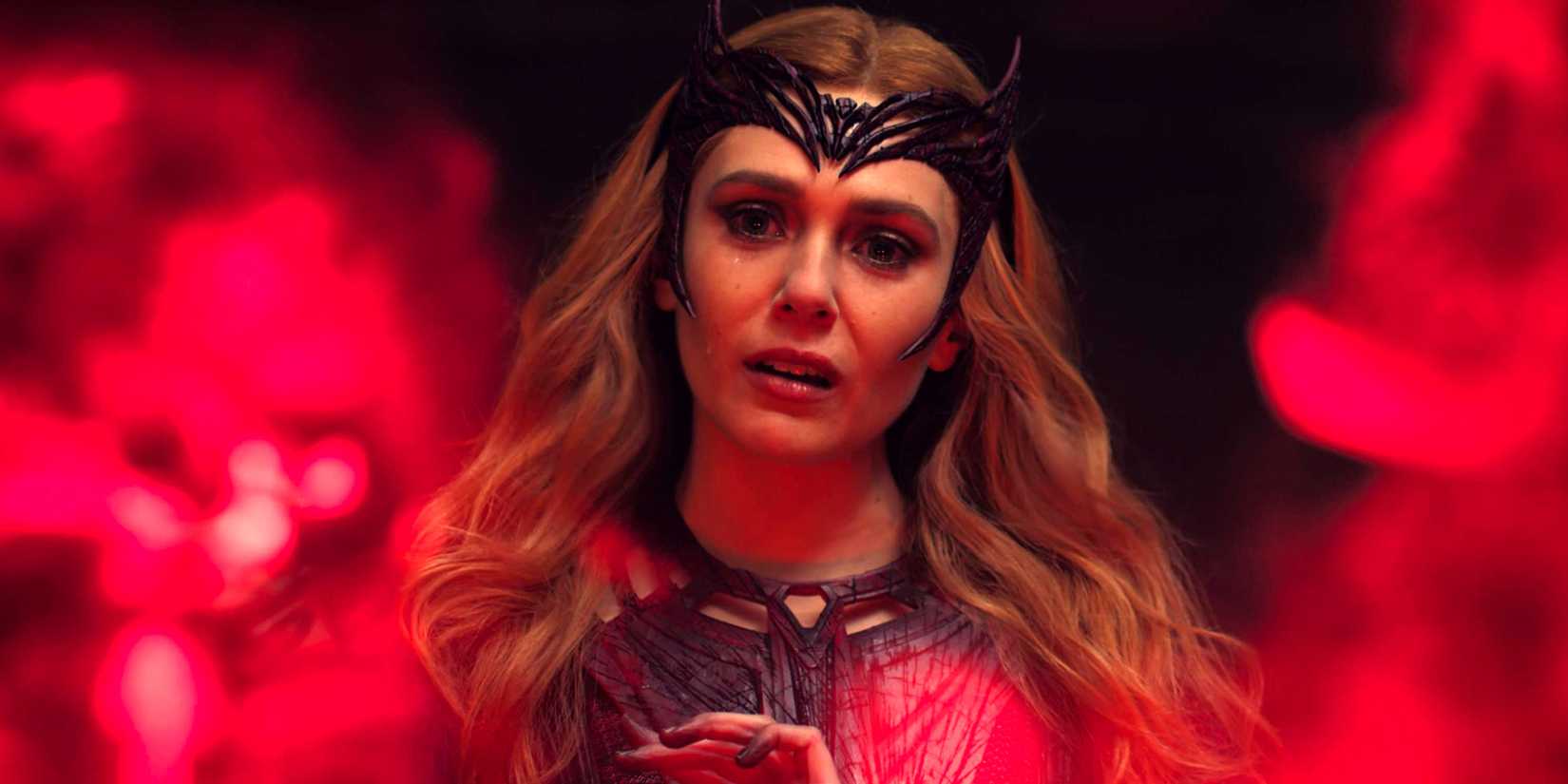WandaVision is one of the best TV shows to come out of Marvel Studios, but there are a few harsh realities that stand out when you go back and rewatch it. When WandaVision premiered in 2021, it felt like a breath of fresh air. It was a small-scale, low-stakes, character-driven story in a franchise of world-ending mega-blockbusters.
If you rewatch WandaVision today, it still holds up. But there are some glaring issues that stick out, like the underwhelming Ralph Bohner reveal.
WandaVision Gets Off To A Really Slow Start
The first couple of episodes of WandaVision get the series off to a really slow start. After a dozen movies in a row with mega-scale action sequences and world-ending stakes, it was refreshing to see a Marvel story where the biggest obstacle the characters faced was making dinner for a couple of unexpected guests.
But when you go back and rewatch WandaVision now, it takes a little while to get into it, because those first couple of episodes are really slow. There are only a handful of hints at the dark side of Wanda’s sitcom fantasy, but for the most part, it just plays like a typical sitcom.
Some Of The Dialogue Is Really On-The-Nose
WandaVision creator Jac Schaeffer is a great writer and storyteller who’s been responsible for the best television to come out of Marvel Studios’ Disney+ output. She’s given us some of the MCU’s best new characters, she’s reinvigorated existing characters (not the least of which is Wanda and Vision themselves), and she’s told some deeply moving stories in this comic-book context.
But some of the dialogue in WandaVision is really on-the-nose. In a lot of scenes, WandaVision spells out its themes in conversation instead of finding subtler ways to convey its message. Everyone loves Vision’s line about grief, but it’s never a good sign when the characters have to tell the audience what the theme of the story is.
WandaVision Keeps Its Dramatic Hook A Secret For A Really Long Time
The dramatic hook of WandaVision is that Wanda has created this fantasy world to deal with her grief. She lost her parents in a military invasion, she lost her brother in a battle against an army of robots, and she lost the love of her life to the Mad Titan — and through it all, she found comfort in traditional sitcoms.
This brings a layer of emotional resonance to WandaVision’s tour through sitcom history. The reason she’s living out her own versions of I Love Lucy, Full House, and Modern Family is so she can escape the pain and loneliness she feels in the real world. But the show buries that lede for a really long time.
Director Matt Shakman got the look of the sitcom sequences exactly right. It surely helped that he’d directed episodes of sitcoms like Everybody Hates Chris and It’s Always Sunny in Philadelphia, but he even nailed the aesthetic of shows that came out before he was born. Those first two episodes look just like an episode of I Love Lucy.
The problem is with the writing. It might look exactly like I Love Lucy or The Dick Van Dyke Show, but it’s nowhere near as funny. Shows like Full House and Modern Family and The Brady Bunch were written by the best joke writers in Hollywood, and WandaVision’s team can’t keep up with them.
Wanda & Vision’s Relationship Wasn’t Very Interesting Before They Got Their Own Show
Before they got their own show, the MCU had developed the relationship between Wanda and Vision on the periphery. It was a minor subplot in Captain America: Civil War, and an even more minor subplot in Avengers: Infinity War. Vision’s death was heartbreaking, but we hadn’t had enough time to get to know them as a couple.
In WandaVision, Schaeffer rounded out Wanda and Vision’s relationship, deepened them as individual characters with their own emotions and motivations, and showed them both at their best and at their worst. But the series is a probing postmortem on a relationship that wasn’t very interesting to begin with.
The Ralph Bohner Gag Is A Massive Disappointment
Midway through WandaVision’s run, Wanda and Vision got a surprise visitor: Wanda’s dead brother, Pietro Maximoff, magically brought back to life. Except Pietro wasn’t played by his MCU actor, Aaron Taylor-Johnson; he was played by Evan Peters, who played a very different version of Quicksilver in Fox’s X-Men movies.
This was a jaw-dropping twist that generated all kinds of fan theories about how this version of Pietro had crossed over into the MCU, and what it could mean for the franchise’s future. But, as it turned out, Pietro is just an actor named Ralph Bohner that Agatha is controlling. All that for a juvenile “boner” gag.
WandaVision Subverts MCU Expectations, But It Still Culminates In A Big Final Battle
When WandaVision premiered, it felt like a breath of fresh air. It was unlike anything else Marvel Studios had done before. It wasn’t interested in superhero action; it wasn’t about a supervillain trying to take over the world — it was just a story about a woman dealing with her grief by magically creating a suburban family for company.
But, while the bulk of the series subverted the expectations of an MCU project, it still culminated in a big, extravagant, action-packed final battle sequence. The finale episode culminates in Wanda and her family coming together like the Incredibles to fight Agatha. It’s an unconventional show with a very conventional ending.
Agatha Harkness Completely Steals The Show
As great as Wanda and Vision’s story is, Agatha Harkness completely steals the show. Even before you find out Agatha is the big bad, Kathryn Hahn is giving the funniest performance in Wanda’s fake sitcom world. Hahn would be perfect for the wacky neighbor role in a classic sitcom, and in WandaVision, we got to see what that would look like.
The iconic “Agatha All Along” musical number doesn’t just indicate that Agatha has been pulling the strings all along; it indicates that she’s been everyone’s favorite character all along. It’s no wonder why Agatha was given her own spinoff after becoming the breakout star of WandaVision.
WandaVision’s Ending Is More Interested In Setting Up Future Marvel Projects Than Resolving Its Own Story
Ultimately, when WandaVision comes to an end, it’s more interested in setting up future Marvel projects than resolving its own story. This is a common problem with the MCU, and shared cinematic universes like it; there are no real endings, because each new story is just a stepping stone to the next one.
It sets up Agatha being trapped in Westview ahead of Agatha All Along. It sets up Monica Rambeau’s trip to space with S.W.O.R.D. and the Skrulls ahead of The Marvels. And it sets up Wanda studying the Darkhold ahead of Doctor Strange in the Multiverse of Madness. Speaking of which…
Doctor Strange 2 Would Promptly Turn Wanda Into A Monster, Undoing All Of WandaVision’s Hard Work
The toughest pill to swallow when you rewatch WandaVision is where Wanda’s story went next. After Schaeffer had spent nine episodes charting Wanda’s descent into darkness, her return to the light, and her ultimate redemption, Doctor Strange in the Multiverse of Madness turned her into a monster of almost cartoonish proportions.
In WandaVision, Wanda’s emotional catharsis is letting go of Vision and their imaginary sons. But in Multiverse of Madness, she reverses that decision, goes on a mass-murder rampage, and holds a child hostage in an attempt to kidnap her own kids from an alternate version of herself. It was an interesting story, but it abandoned all her character development from WandaVision.
This story originally appeared on Screenrant


